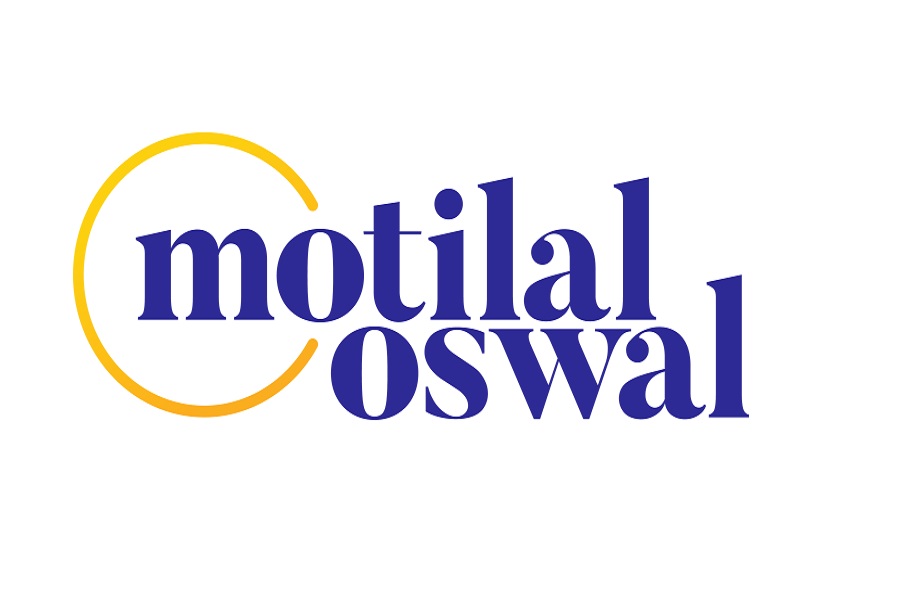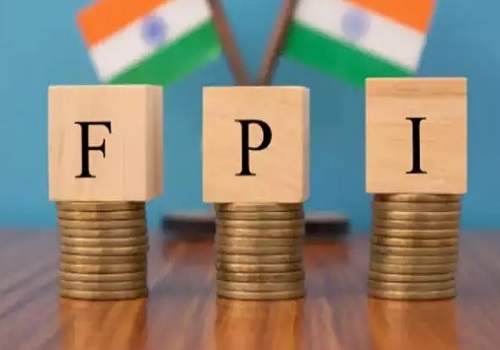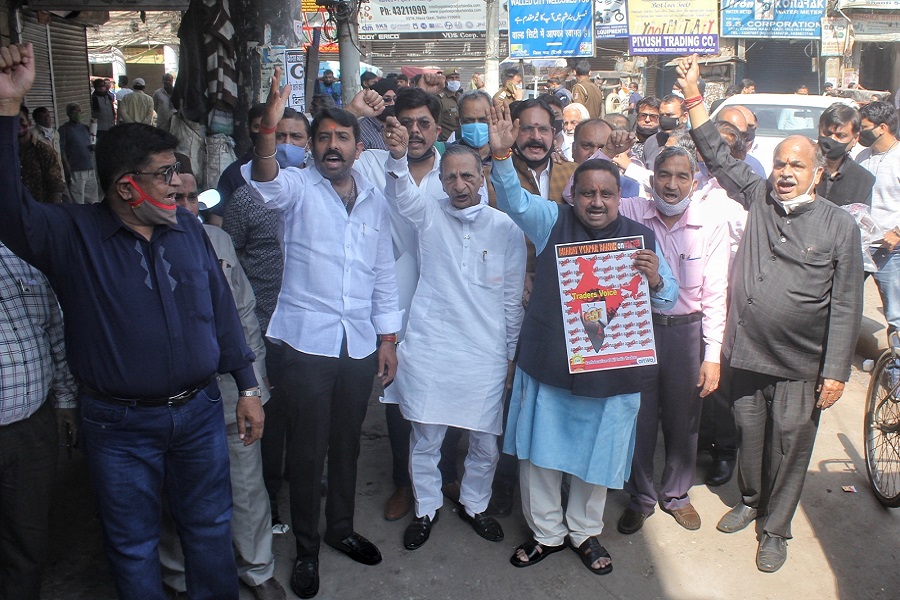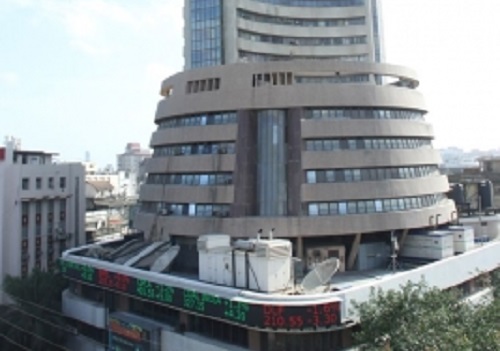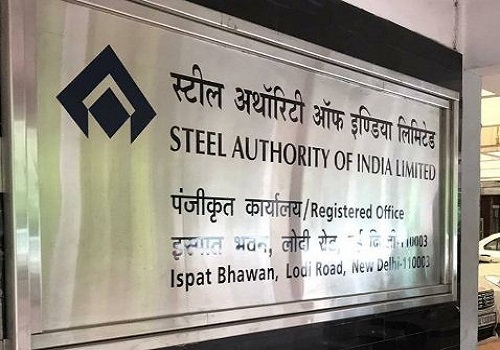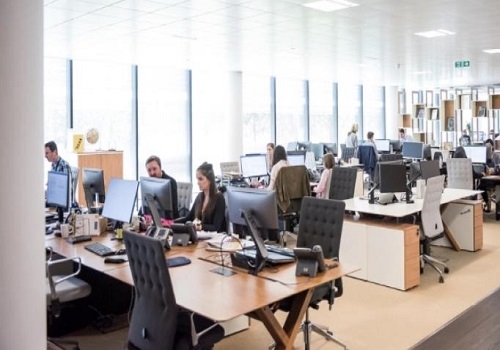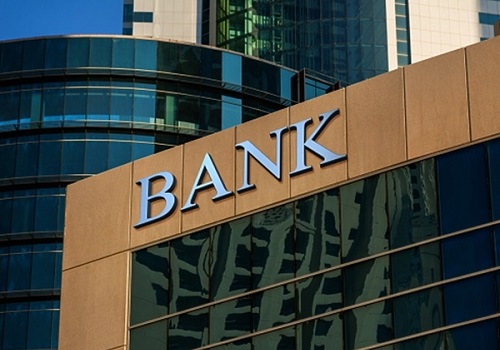Banking Sector Update - Bank credit - June sectoral deployment – Downward trajectory arrested; retail sustains momentum By ICICI Securities
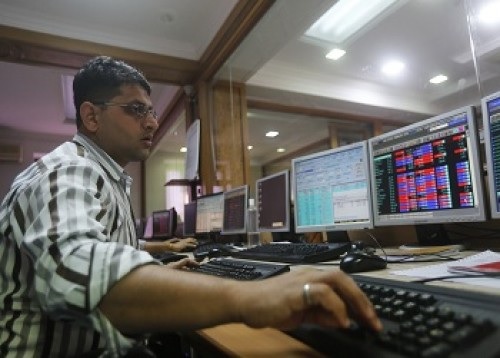
Bank credit - June sectoral deployment – Downward trajectory arrested; retail sustains momentum
Bank credit sectoral deployment data for Jun’21 suggests that downward trajectory was arrested after MoM decline in Apr/May’21. Overall, credit growth is still down 1.3% YTD at Rs95.4trn (up 5.4% YoY). Key trends include: 1) retail credit, on a low base, sustained 12% YoY growth (flat MoM). 2) Underlying housing sales supported home loan growth of 10% YoY (up in absolute terms since Mar’21); vehicle loans too sustained 11% YoY growth. 3) Derailed consumption and spending, along with conservative approach by banks, resulted in 11.8% YTD and 1.6% MTD decline in credit card portfolio.
4) With LTV benefit getting withdrawn post Mar’21, gold loans grew mere 2% YTD and were flat MoM in Jun’21. 5) Industry credit continues to drag overall credit growth due to underutilisation of sanction limits, modest demand outlook and run-down of exposure in a few sectors. Medium corporates credit book jumped 55% YoY / 9% YTD / 1.6% MoM to Rs1.48trn. 6) Lending to NBFCs was down 2% MoM / 6% YTD as funding requirements declined with modest financing demand amidst covid disruption. Banks’ lending preference is more towards public institutions than HFCs.
Key takeaways from monthly sectoral deployment data:
* Retail credit is sustaining double-digit growth – Retail credit, on the low base of last year, sustained 12% YoY growth. Q1 is seasonally slow for retail credit while covid-led disruption further disrupted disbursements. With relaxation of restrictions and gradual opening up, Jun’21 regained some momentum – downward trajectory was arrested. Retail credit was flat MoM, after registering decline in Apr/May’21.
* Underlying housing sales, both in premium and affordable housing segments, supported home loan growth of 10%. Unlike other product segments, home loans are up even in absolute terms since Mar’21.
* Vehicle loans too have sustained 11% YoY growth (albeit down 0.8% MoM). With the onset of festive season in coming months, it should pick pace gradually through FY22E.
* Derailed consumption and spending, along with conservative approach by banks, resulted in 11.8% YTD and 1.6% MTD decline in credit card outstanding portfolio. In FY21, this segment experienced the quickest recovery as activity levels revived. Credit card portfolio growth over the next few months would therefore be a key monitorable.
* Industry credit continues to be the weakest link dragging overall credit growth – Industry, which comprises 30% of total non-food credit, was down 0.6% MoM and 1.7% YTD. Under-utilisation of existing sanction limits, modest demand outlook and run-down of exposure in a few sectors led to large industry credit consolidating near Rs23.4trn for the past one year.
* Key sectors that are deleveraging continuously include metal and metal products, iron and steel, construction, cement, telecom and other infra. On the other hand, roads, airports, railways, textiles, glassware, paper products, have been gaining credit momentum. We believe industry growth will have to emerge as a key driver to boost credit growth in coming years. While it may happen with some lag, revival in consumer demand and rise in government spending can be potential triggers.
* Bankers, PSBs in particular, extended full support to MSMEs resulting in medium corporates credit book jumping 55% YoY / 9% YTD / 1.6% MoM to Rs1.48trn.
* January 2021 onwards, there are 8-10 new incremental sub-segments disclosed in sector-wise deployment data (table 3). Among various portfolios, non-agri gold loan portfolio registered growth at 56% CAGR over the past 2 years and was up 82% YoY in Jun’21. This can largely be attributed to banks’ focus towards secured lending products and LTV relaxation for banks (up to 90% of gold value). However, with LTV benefit getting withdrawn post Mar’21, gold loans grew mere 2% YTD and were flat MoM in Jun’21.
* Other services (which include MFs, banking & finance other than NBFCs and MFs, and other services not indicated elsewhere under services) saw a steep accretion of 10% MoM / 10% YTD, though it was still down 9.2% YoY and 15.6% from Dec’20 levels.
* Loans to public financial institutions jumped 141% YoY / 4% MoM, while lending to HFCs has fallen 12% YoY / 1% MoM. This clearly shows banks’ lending preference is more towards public institutions than HFCs. Lending to NBFCs were down 2% MoM / 6% YTD as funding requirement declined with modest financing demand amidst covid disruption. Incrementally, after running down high risk assets, NBFCs are now pursuing growth opportunities in a risk-calibrated manner. Consequently, bank lending to NBFCs should stabilise in FY22E unlike the deceleration seen in recent past.
* We believe India Inc, after undergoing a phase of deleveraging over the past few years, is now better positioned and confident to anvil on the path of releveraging. Indian financiers too have saddled themselves with ample liquidity / capital buffer to tap the emerging opportunity. Recovery in economic activity and derivative effect of increased investments and corporate / government spending on consumption will sustain the momentum of >15% growth over FY22E-FY25E.
To Read Complete Report & Disclaimer Click Here
For More ICICI Securities Disclaimer https://www.icicisecurities.com/AboutUs.aspx?About=7
Above views are of the author and not of the website kindly read disclaimer
